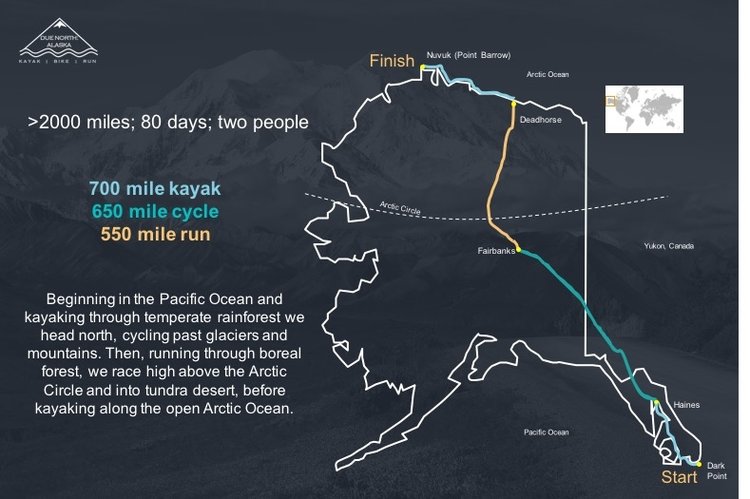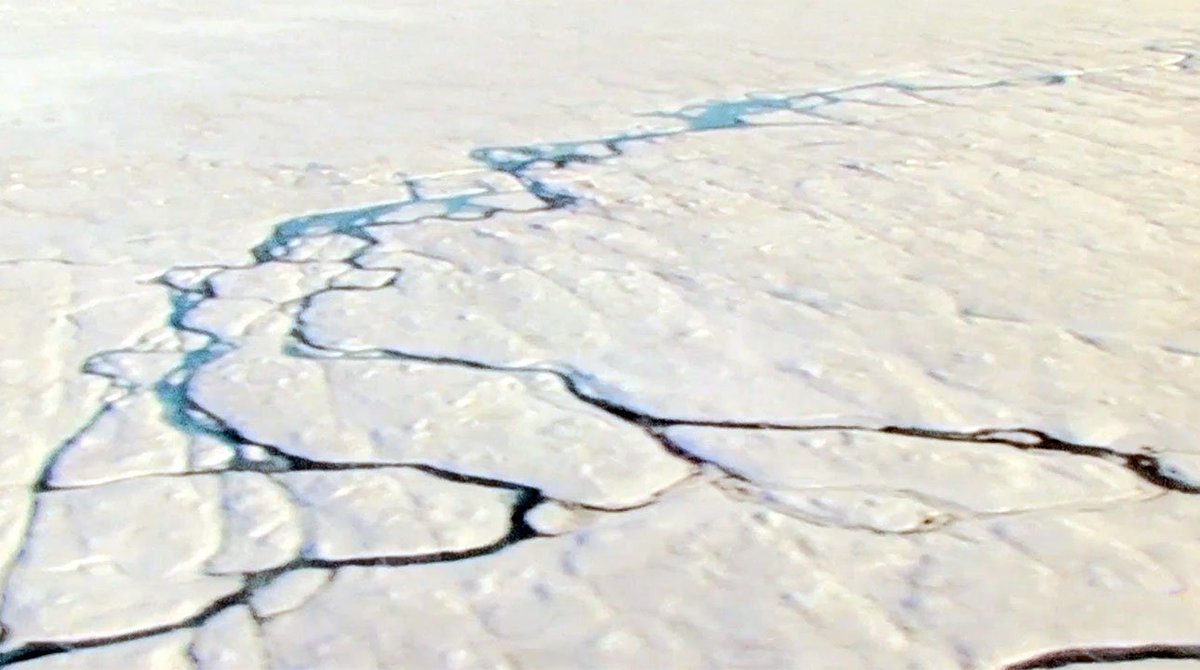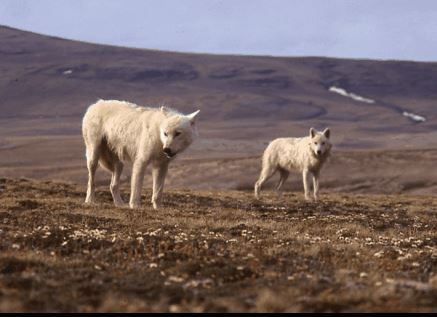This page is available to Arctic Club members, and others, to announce forthcoming Expeditions to the Arctic.
The aim is to generate interest in Arctic expeditions and to facilitate contacts and the exchange of information.
If you would like to feature an expedition, please email web@arcticclub.org.uk.
Expeditions may (a) just give a short summary for information, (b) have a separate page on this Arctic Club web-site, or (c) link to an external website and social media.
If you would like to contact any of the expeditions listed, please email and we will forward your message.
Also see Sailing Expeditions to the Arctic
Stauning Alps, Greenland 2017 CompletedArctic Club Award ExpeditionSee Stauning Alps and Greenland 2017 for details, contacts and linksObjectives: We will travel to the Stauning Alps in East Greenland by snowmobile and ski. We will climb and explore the mountains and also collect scientific data: snow temperature and density profiles, mass balance and albedo measurements to complement satellite observations.*** Molly Thompson is awarded THE SES SIR CHARLES BLOIS EXPLORER AWARD 2017 *** |
 |
Snowpack changes in Arctic Russia CompletedSee Snowpack in Russia 2017 for details, contacts and linksWe will collect scientific field data in the Russian Khibiny Mountains. This will enable the study of the spatial and temporal evolution of various snow parameters throughout the melt season: snow extent, snow-water equivalent, density, albedo, grain size, liquid-water content and snow depth, continuing our very successful Research in 2016. |
 |
Due North Alaska CompletedSee Due North Alaska and http://duenorthalaska.com/
Hazel and Luke Robertson travelled right across Alaska using their own steam - a splendid journey, though not quite as planned! |
 |
Arctic Research Group 2017 Completed
See ARG and ARG: The Expedition for details, contacts and linksA multi-disciplinary expedition to North Spitzbergen to gather information on the area round the most northerly warm springs on land in the world. Work will include observations of vascular plant species in areas of influence and remote from the springs, seeking geological specimens of primitive fish fossils, meteorite recovery and looking for colonisation of recently exposed ground generated through ice retreat. Read the ARG Report Bockfjorden 2017 |
 |
Svalbard Glaciers 2017 Completed
|
|
Meltwater Storage, Greenland Icecap CompletedIn 2016 a team of researchers from Bristol, Sheffield, Leeds, Potsdam, Aberystwyth and NASA JPL camped on the Greenland ice sheet throughout the summer melt season. This research project will measure the drainage efficiency of the glacial weathering crust, using cryconite holes as natural piezometers. |
Watch the Video: |
Black and Bloom CompletedBlack and Bloom is a large UK National Environment Research Council project that aims to deepen our understanding of the processes darkening the Greenland Ice Sheet. This is important because the colour of the ice sheet is one of the main drivers of its melt rate because it controls how much sunlight the ice sheet reflects or absorbs. In July-August 2016 a team of researchers from Bristol, Sheffield, Leeds, Potsdam, Aberystwyth and NASA JPL camped on the Greenland ice sheet throughout the summer melt season to measure and monitor the changing colour of the ice and determine the causes of the darkening. In 2017 the project split into two teams – the first went in early (May-June) to observe the retreating snowpack and exposure of bare ice in spring. The second team will go in July-August to observe the peak of the melt season, when algae bloom most intensely and contaminants are concentrated onto the ice surface. This team’s measurements will enable the development new techniques for detecting ice surface contaminants and numerical models for the changing colour (and therefore melt rate) of the ice sheet. |
 |
Wolf Research 2017 July - August 2017Ulf Petersen writes: The Greenland Wolf Research Program is a long-term study of the ecology of arctic wolves in Greenland started in 1991. Expedition volunteers and/or collaborators are now wanted for our 14th field season: A wolf reconnaissance expedition deep into the High Arctic in July-August 2017. You must have significant wilderness experience and funds to pay for expenses associated with your participation (US$8,000-10,000 from Iceland).Please email us at wolf_research@hotmail.com for details on the work, the study area, and how to apply for participation in the expedition.Ulf has spent many years observing and studying the Arctic wolves in Greenland and Canada. |
 |
The Arctic Club is not responsible for information from external sources.
